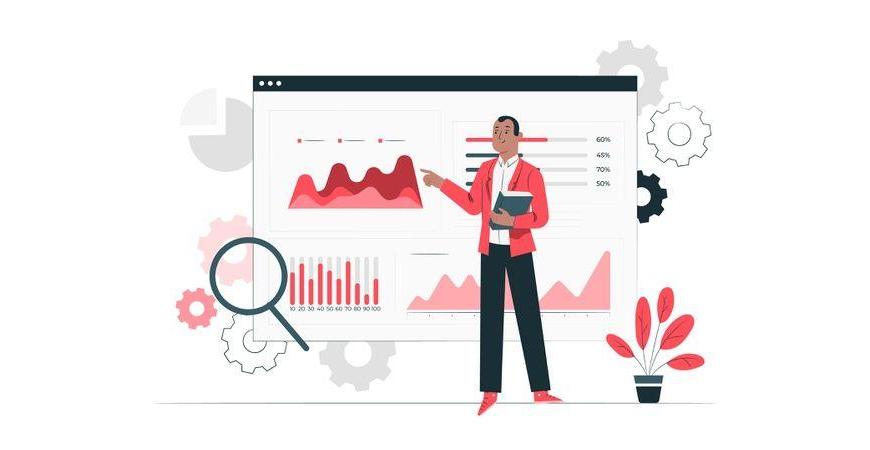What is price analysis? How is price analysis done on products?
Price analysis is a process of evaluating and comparing prices of products or services to determine their reasonableness, fairness, and competitiveness in the market. It involves examining the cost components and pricing strategies to ensure that the price charged aligns with market conditions, customer expectations, and the value provided by the product or service.
Price analysis is commonly used in various scenarios, including:
What is price analysis?
Price analysis is a process of evaluating and comparing prices of products or services to determine their reasonableness, fairness, and competitiveness in the market. It involves examining the cost components and pricing strategies to ensure that the price charged aligns with market conditions, customer expectations, and the value provided by the product or service.
Price analysis is commonly used in various scenarios, including:
1. Procurement: When organizations purchase goods or services from suppliers, price analysis helps assess whether the offered prices are fair and reasonable. It is especially crucial in government contracting, where it is a requirement to determine the reasonableness of prices before awarding contracts.
2. Sales and Marketing: Companies analyze their product pricing to ensure they remain competitive in the market and meet customer demand while maximizing profitability. Price analysis helps in setting optimal pricing strategies based on market dynamics and customer preferences.
3. Competitive Analysis: Businesses conduct price analysis to compare their pricing with that of their competitors. This allows them to identify opportunities for differentiation, price adjustments, or promotional strategies to gain a competitive edge.
4. New Product Launch: Before launching a new product, price analysis helps determine the most appropriate pricing strategy based on production costs, market demand, competition, and perceived customer value.
5. Cost Control: Price analysis is also used as part of cost control measures to monitor and analyze price fluctuations, supplier costs, and market trends to optimize procurement decisions.
The methods of price analysis can vary depending on the context and data available. Common approaches include comparing prices from multiple suppliers, benchmarking against industry standards, reviewing historical pricing data, and analyzing market research or customer feedback.
Overall, price analysis is an essential tool in business decision-making, as it helps organizations make informed pricing decisions, stay competitive, and maintain profitability.
How is price analysis done on products?
Price analysis on products is typically conducted by evaluating various factors related to the product's cost, market dynamics, customer demand, and competition. Here are the key steps involved in conducting price analysis on products:
1. Cost Analysis: The first step is to analyze the production and operating costs associated with the product. This includes material costs, labor, manufacturing expenses, overhead costs, transportation, and any other relevant expenses. Understanding the cost structure provides a baseline for setting a minimum acceptable price.
2. Market Research: Conduct market research to gather information about the product's demand, customer preferences, and competitive landscape. This may involve studying market trends, conducting surveys, analyzing customer feedback, and assessing the pricing strategies of competitors.
3. Customer Value Assessment: Determine the perceived value of the product from the customer's perspective. Identify the unique selling points and benefits that set the product apart from competitors. Understanding the value proposition helps in positioning the product and justifying its price.
4. Competitor Pricing Analysis: Compare the product's price with similar offerings from competitors. Analyze the pricing strategies of key competitors, such as pricing levels, discounts, promotions, and bundling options. This helps in understanding the competitive positioning and identifying opportunities for differentiation.
5. Demand Elasticity: Consider the price elasticity of demand, which measures the sensitivity of customer demand to changes in price. Products with inelastic demand (less sensitive to price changes) can command higher prices, while those with elastic demand may require more competitive pricing.
6. Target Market Analysis: Different market segments may have varying price sensitivities. Analyze the target market's purchasing power, willingness to pay, and price expectations. Tailor pricing strategies to align with each segment's preferences.
7. Profitability Assessment: Evaluate the impact of different price points on the product's profitability. Consider sales volume projections and the resulting revenue and profit margins at various price levels.
8. Pricing Strategy Selection: Based on the information gathered through the analysis, determine the most appropriate pricing strategy. This could include premium pricing, value-based pricing, penetration pricing, or competitive pricing, among others.
9. Regular Monitoring: Price analysis is an ongoing process. Continuously monitor market conditions, customer feedback, and competitive changes to adjust pricing strategies as needed.
Remember that price analysis is not a one-size-fits-all approach. It requires a combination of data analysis, market insights, and business acumen to arrive at the most effective pricing decisions for the specific product and target market. Flexibility and responsiveness to market changes are also vital to maintaining a competitive edge.

